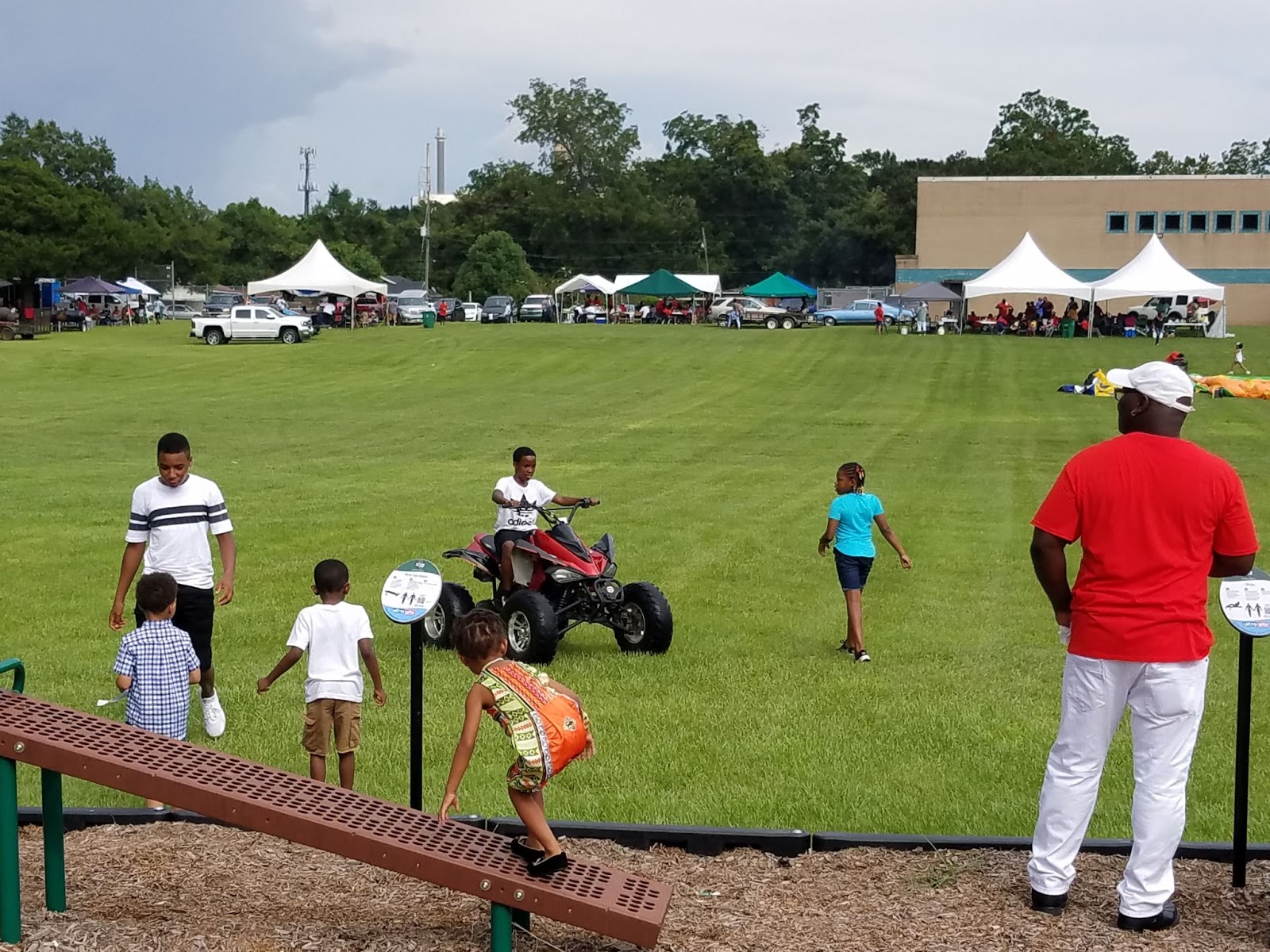An interview with report editor Renee Kemp-Rotan.
Read the report If We Can Save the Ship, We Can Save the Town on Africatown, Alabama.
When designers are asked to think about a community, the charge they are given is often focused on thinking about what new physical infrastructure or development is needed, or how specific buildings or spaces could be used. Based on your experience reporting on Africatown, what do you think the usefulness or limitations are of using the lens of the built environment to think about overall community health and needs?
The built environment is where American people spend their time. We usually evaluate the quality of our lives through examination of the quality of our built environments. Thus, our communities are assessed by the safety of our streets, the maintenance of our parks, the quality of our homes, the efficiency of our schools, the cleanliness of our industries—or the lack thereof. Failure to compare and tell the truth about the conditions of our families, homes, health, and neighborhoods too often diminishes the reality of our shared humanity.
What is the role of design—or of designers—in identifying and addressing the challenges of a community? What are its limits and opportunities? What is scalable? What needs collaboration?
First, designers who often facilitate the practices of “civic engagement” must help the community to agree that it takes an entire village to move a mountain. Too often, the “community” is defined as “those people” who live in the valley, while decisions are made by “those other people” who live on the mountaintop. This limited notion of community must be re-examined. True community must be redefined to include all disciplines and political cultures who together bring enormous resources to resolve our most urgent quality-of-life issues at the highest levels of engagement.
Second, “community” can no longer be the secret password that distinguishes the “us” from the “them.” Either we all are part of the problem or we all are part of the solution. Our lives are intermingled on so many levels. True collaboration begins with introspection, communication, and, most importantly, opportunities to learn … no matter the scale.
Lastly, it is through the acknowledged intersection of people, privilege, and performance that design finds its power.
If you could set the agenda, what needs to happen next to make Africatown flourish in the years to come?
We are not sure that more “neighborhood plans” are needed. What the community now needs is a series of economic development commitments, tied to guaranteed funds that can finance capital improvement priorities already established by the descendants in 2015, when the plan was first written. Now is the time to prioritize the projects, the timetable, and the money for tangible implementation programs.
As an editor, what did you learn about doing this type of work? How can you give voice to a community? What might design professionals learn from this project about working in communities not their own?
Building community trust is paramount. It’s not enough to examine and re-examine the evidence of non-commitment in rebuilding the Black, underserved community. The most critical contributions that we, as professional designers, can make are to: 1) identify best community design and development practices; 2) pinpoint multiple sources and uses of funds; and 3) promote proven implementation methods that actually help communities move the needle forward towards more equitable community development practices.
The views expressed here are those of the authors only and do not reflect the position of The Architectural League of New York.

